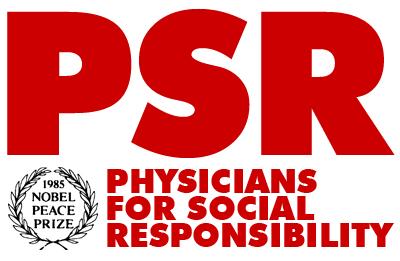The FREE Pediatric Environmental Health: e-Toolkit for Prevention (PEHT, 3rd edition) provides trusted information to healthcare providers on environmental health threats. Our tool can help you educate parents and families about common exposures and prevention strategies!
The Toolkit is on a mobile-friendly webpage that provides examples of how and where we live, eat, sleep, work, and play can impact our health. Beginning in the womb and continuing throughout life, environmental factors are strong determinants of health. This tool will help you provide current and scientifically based advice to patients on key actions we can take to optimize health. For each main PEHT topic, there is a corresponding patient-facing Prescription for Prevention.
Main Content
PEHT main content is found in three sections that interweave, providing access to the same information in different ways.
- Environmental Hazard briefs cover specific toxic chemicals that a child might be exposed to (e.g. lead); these include subsections on health effects, routes of exposure and prevention strategies (including anticipatory guidance).
- Exposure Source briefs cover the substances that children are exposed to, which may in turn contain toxic chemicals (e.g., water).
- Anticipatory Guidance provides the same prevention strategies keyed to thirteen age groups from prenatal through teen years.
Concept Sections
The PEHT also contains 7 key concept sections that provide foundational information for pediatric environmental health. These include: the unique vulnerability of children, unique vulnerabilities during pregnancy, how the chemical and built environments influence health, routes of exposure, climate change and environmental justice.
For more information, check out trusted resources and references such as the Pediatric Environmental Health Specialty Units that can be contacted with questions about environmental health issues.
Interactive Pediatric Environmental Health Toolkit (PEHT) Training Module
The PEHT Training Module can be found here. This module was created in association with a former edition of the PEHT (2nd edition), but the environmental content remains relevant. The module reviews children’s unique vulnerabilities to environmental hazards, sources of exposure, and offers suggestions for incorporating anticipatory guidance in well-child visits.
Videos associated with the modules are also linked from the WSPEHSU YouTube account.
Want to dig deeper? Check out the trusted resources and references with links such as to the Pediatric Environmental Health Specialty Units who you can contact for help to answer your questions about environmental health issues.
For more information, contact:
Western States Pediatric Environmental Health Specialty Unit - San Francisco, California
Email: pehsu@ucsf.edu
Website: http://wspehsu.ucsf.edu
| Created by: | |
  |
The Pediatric Environmental Health Specialty Units (PEHSUs) are supported by cooperative agreement FAIN: NU61TS000296 with the Centers for Disease Control and Prevention/Agency for Toxic Substances and Disease Registry (CDC/ATSDR). The U.S. Environmental Protection Agency (EPA) also provides support through Inter-Agency Agreement DW-75-95877701 with CDC/ATSDR. The American Academy of Pediatrics supports the PEHSUs as the National Program Office. The content on this website has not been formally disseminated by CDC/ATSDR or the EPA and should not be construed to represent any agency determination or policy. Use of trade names that may be mentioned is for identification only and does not imply endorsement by the CDC/ATSDR or EPA.
The information contained on this website should not be used as a substitute for the medical care and advice of your/your child’s primary care provider. There may be variations in treatment that your provider may recommend based on individual facts and circumstances.






